I never set foot inside this inn. 
I do remember that lounge chair.
By the time I was of age it was closed for business and only used thereafter as a movie set. It was captured in the ending scene of Bruce Willis’ 2005 picture, Hostage.

I had, however, been to the El Encanto Inn, the restaurant farther back into the canyon around the corner. For their story, see this post.
1968
Some interesting history about Azusa Canyon that I’d either forgotten or not heard of. One is the 1968 Canyon Fire that killed 7 teenage fire recruits plus a fire specialist. Part of that story is covered here
On 8/23/68 the “Canyon Inn Fire” started above Glendora, CA. On 8/24 members of Los Angeles County Fire Department Crew 4-4 were burned over. Seven juvenile crewmen and a Fireman Specialist lost their lives. Before the fire was over it burned 19,100 acres. As a result of the loss of juvenile firefighter lives in this fire and the Hacienda Heights Fire, the practice of using juvenile probationers to fight fire was re-evaluated and stopped. The Downhill Indirect Checklist was another result of this fire.
from The Patch. Enlarge it here.
Enlarge it here.
The boys and man who died in that fire are listed here.
George Thomas, age 36, Fireman Specialist of Crew 4-4
Duane Battle, age 17, Crewman Crew 4-4
Earl Walzer, Crewman Crew 4-4
William Rodriguez, Crewman Crew 4-4
Arthur Mendible, Crewman Crew 4-4
Robert Rivera, Crewman Crew 4-4
Gregory Banks, Crewman Crew 4-4
Larry Carlin, Crewman Crew 4-4
So that’s one part of its history.
2003
Walter B. Rowe passed away on December 21, 2003. He was a longtime resident of Azusa, passed away December 21, 2003, at the age of 90. An engraver by trade, he established and operated the Canyon Inn and Canyon City Liquor in Azusa for many years.
2004
The Inn was sold in 2004. Marriane Love has the story.
Byline: Marianne Love
Mar. 26–AZUSA, Calif. — The abandoned Canyon Inn, recently a set for a Hollywood movie, has sold for $2.5 million.
The 33.6-acre property, where the former steakhouse and biker bar sat vacant for a decade at the base of the Angeles National Forest, was bought by El Monte-based International Theological Seminary. Seminary President Joseph Tong could not be reached for comment Thursday about the 2280 N. San Gabriel Canyon Road site.
Proposed plans are to build a seminary or retreat, said Brion Costa, managing broker of Monrovia-based Costa Land, which represented the sellers, a Nevada-based corporation. It’s unclear at this time if the Canyon Inn is coming down. …
But this doesn’t tell me the years of operation.
Azusa and inter-city agency, Army Corps of Engineers, and the Forest Service are looking to recreate a new kind of entertainment at the foot of the San Gabriel Mountains . . . again.
Their plan called 2012 Canyon Inn Wilderness Plan wants to redevelop the River Wilderness Park. But given that we’ve got only a few months until 2018 it looks like it has either paused, stalled, or been canceled.
A souvenir ashtray from the inn.

The inn appeared in the 2005 Bruce Willis movie, Hostage. Here, you can see the different Southern California locations for different scenes in the movie.




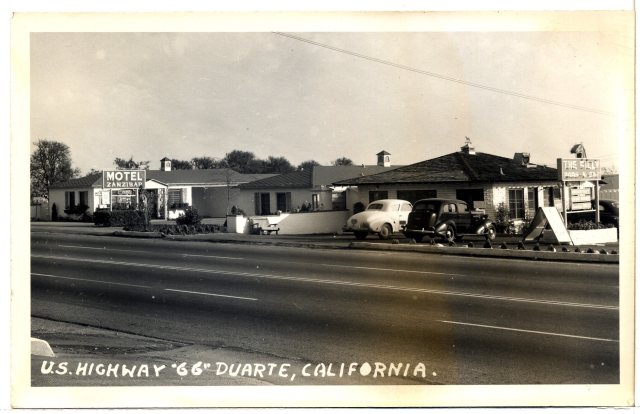
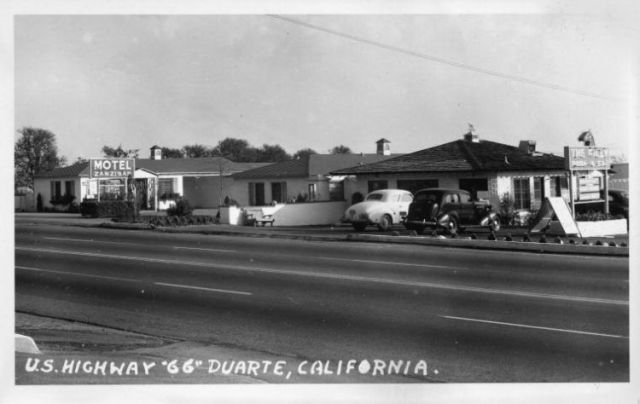



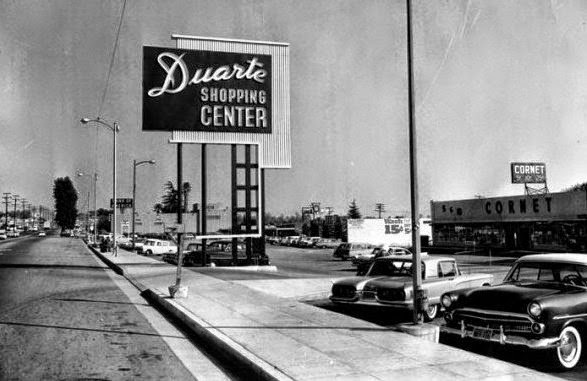
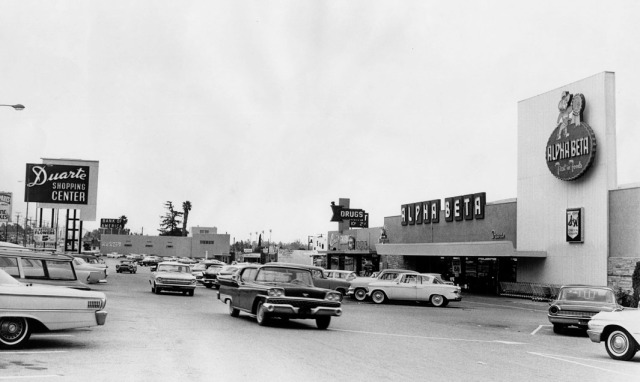

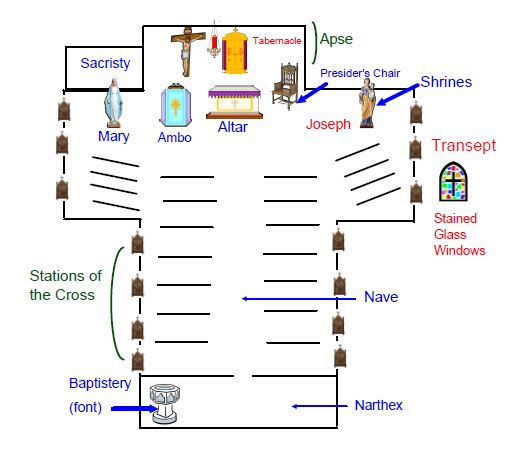
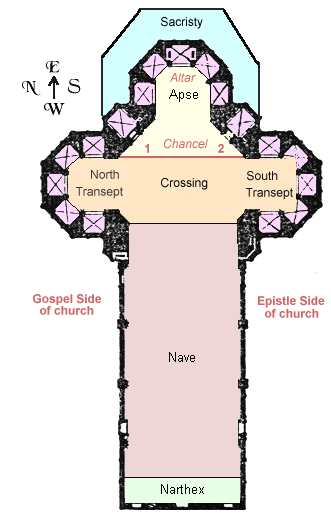
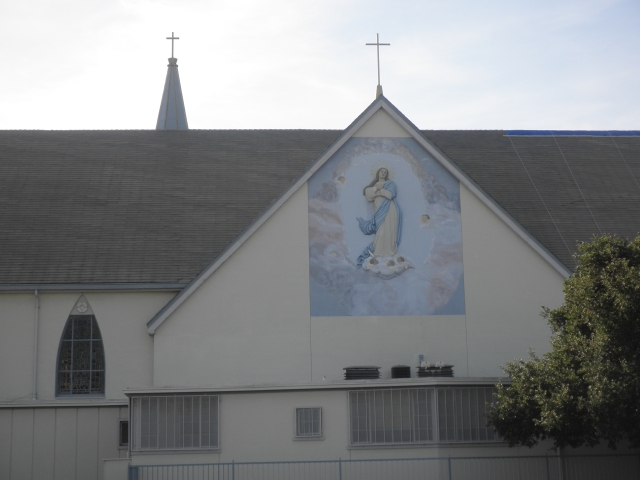

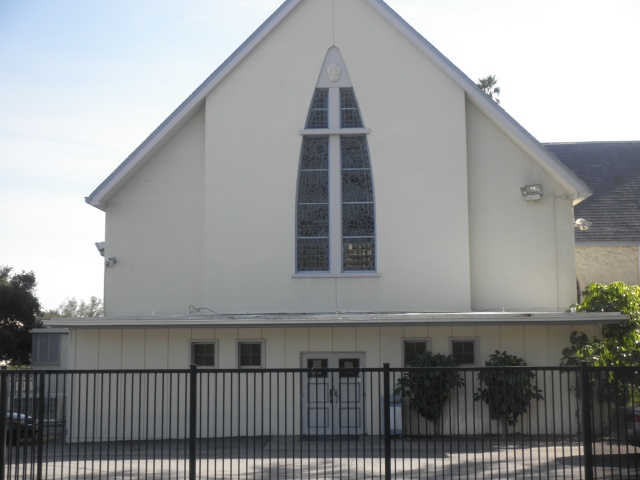


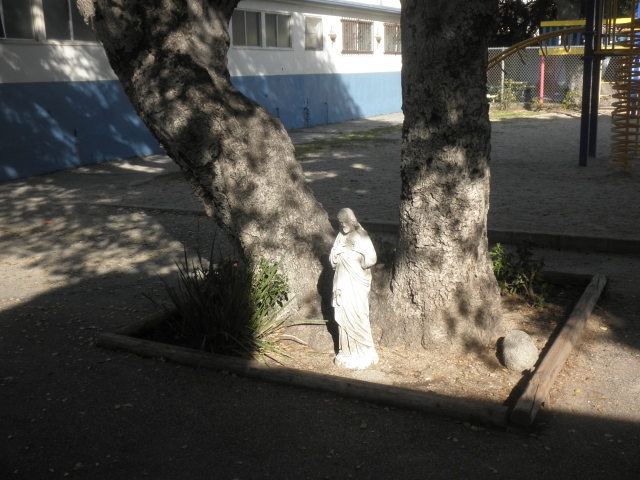

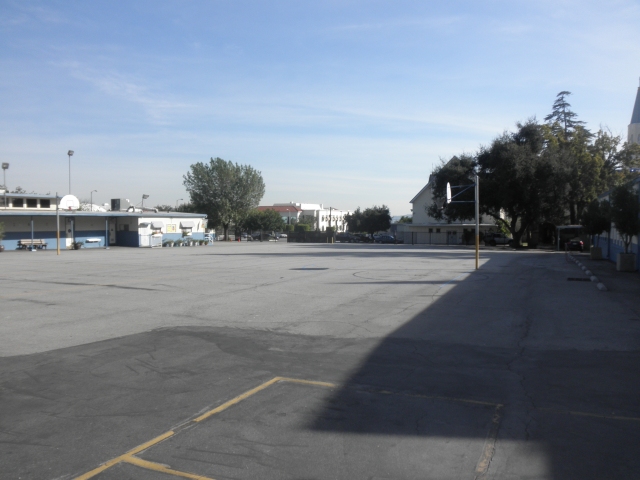

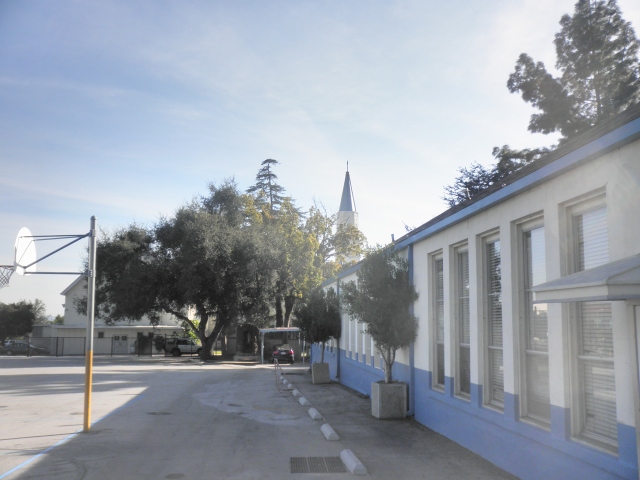
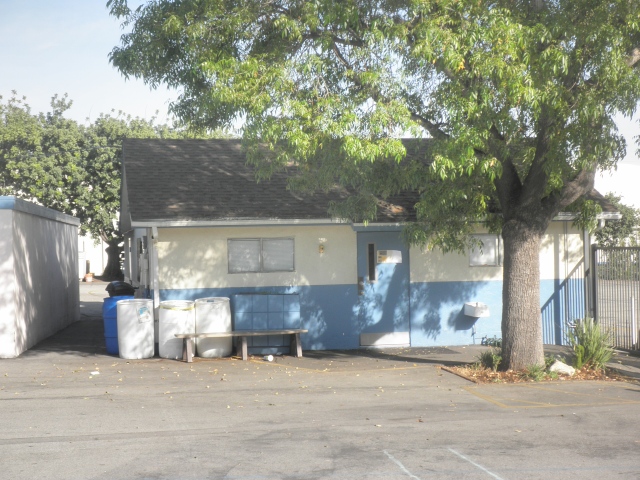

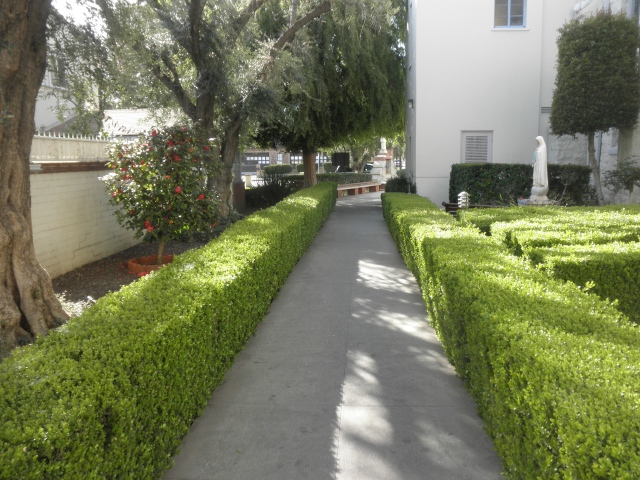

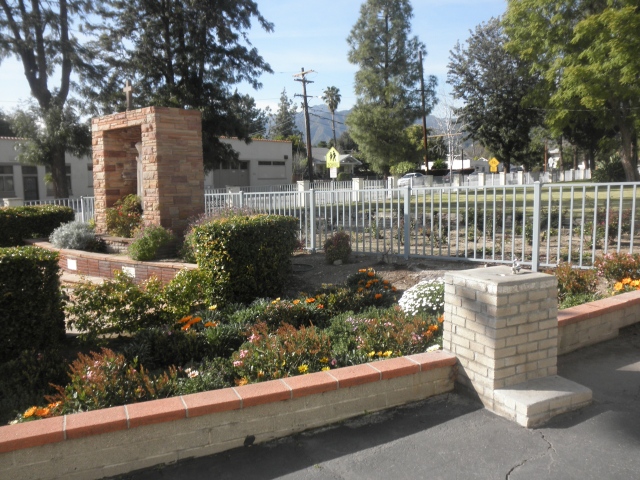
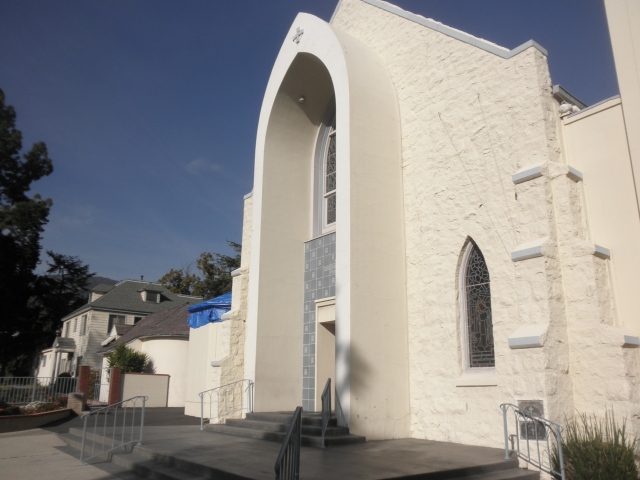
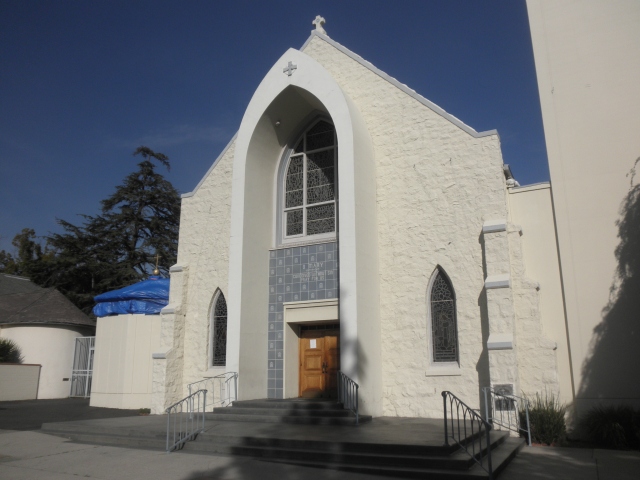


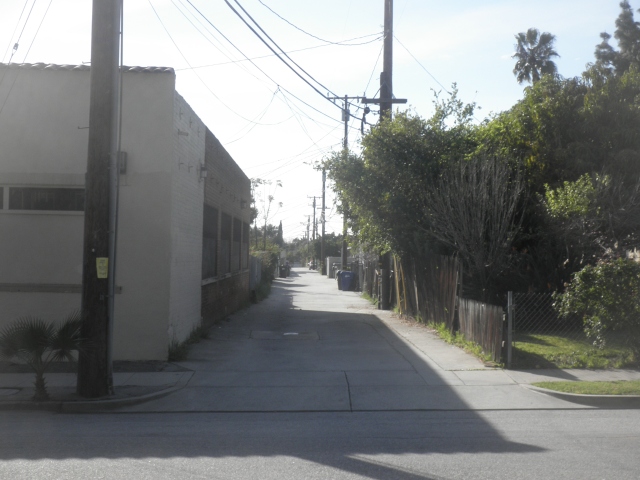
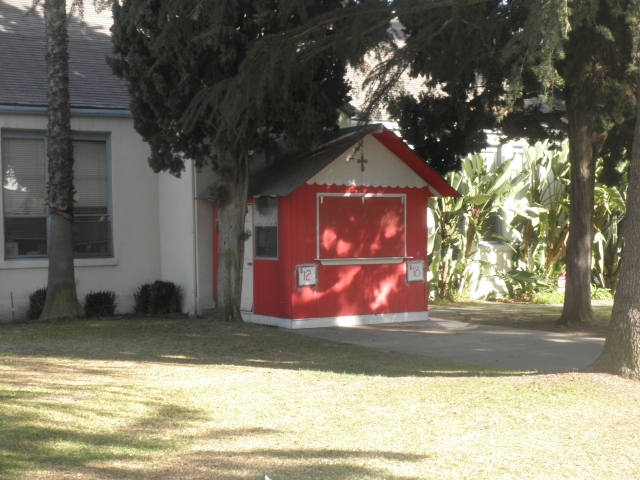

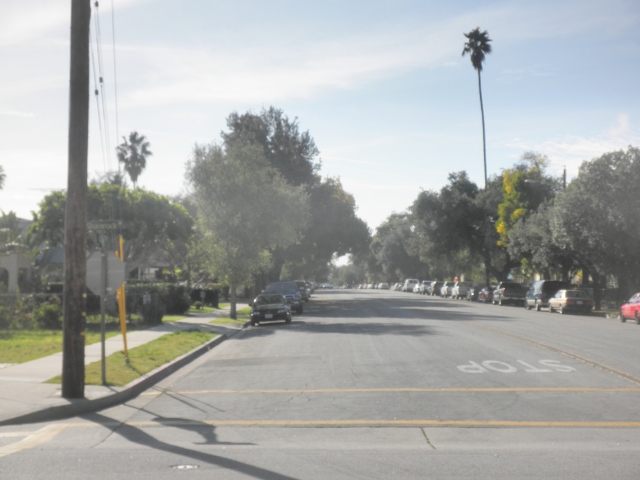



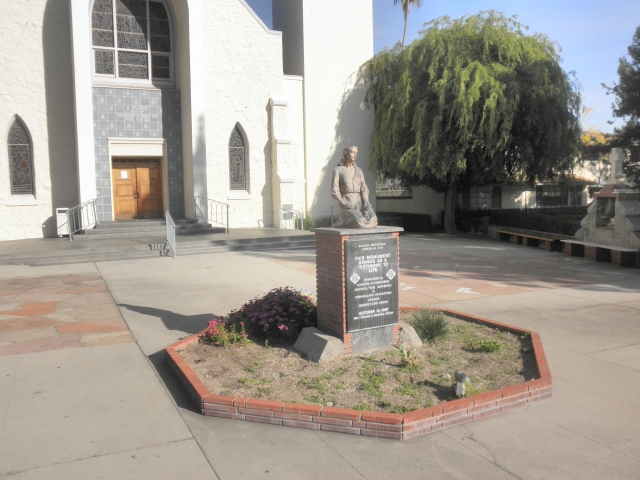
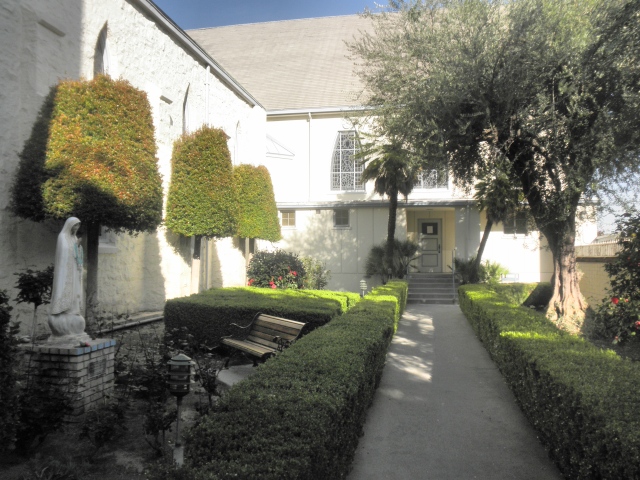
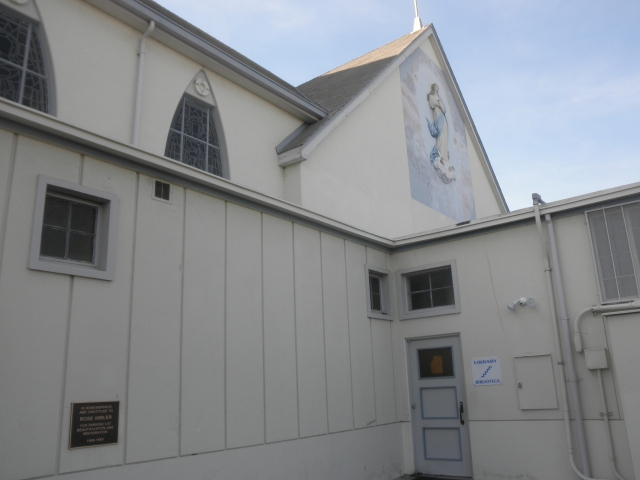



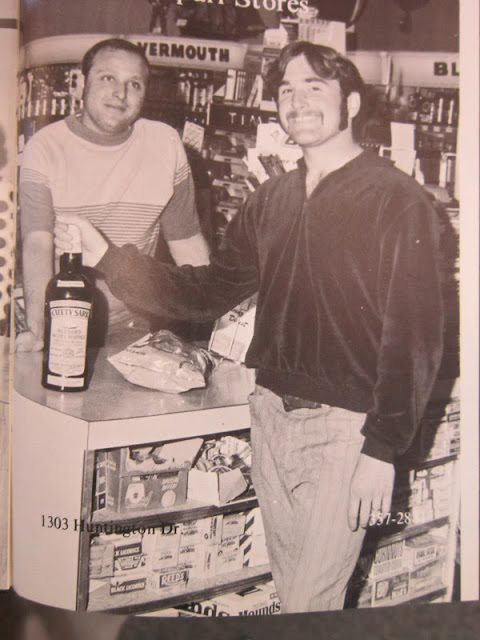
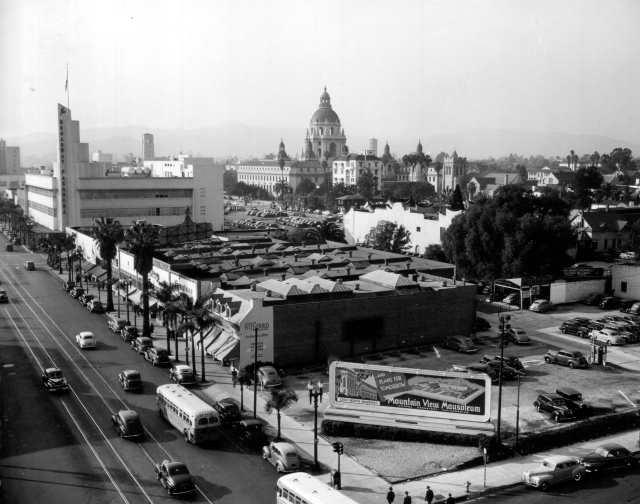

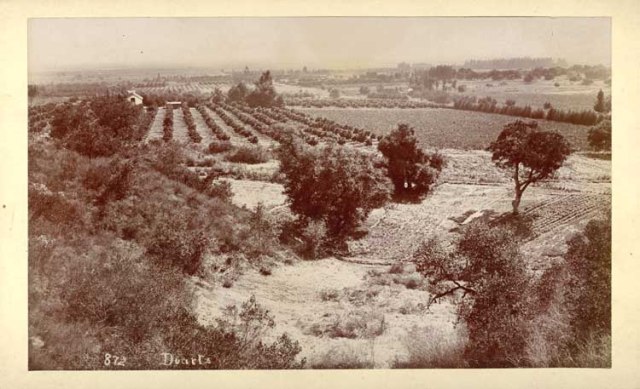
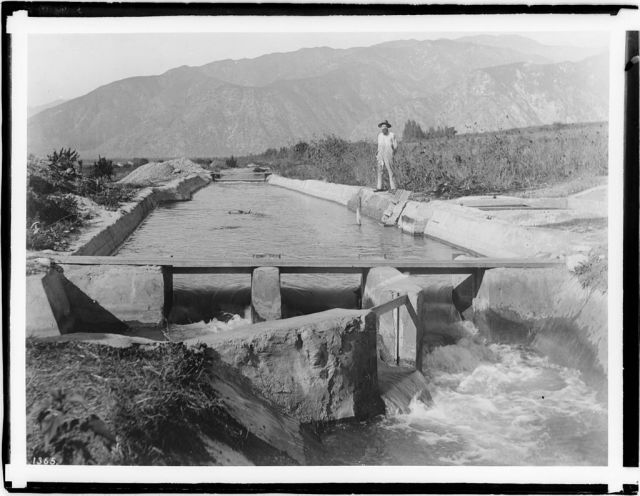


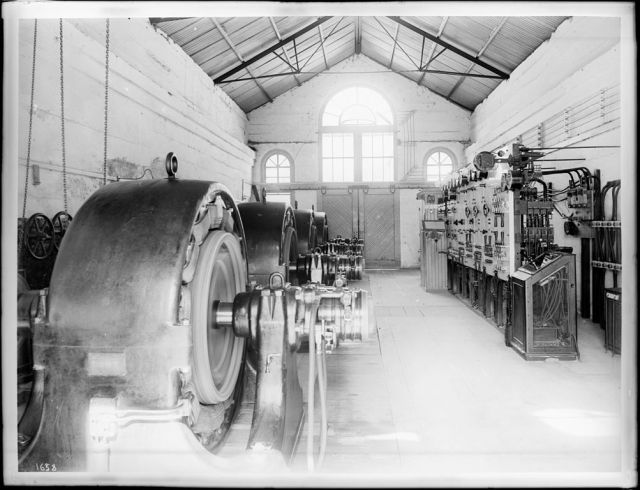




 Enlarge it here.
Enlarge it here.